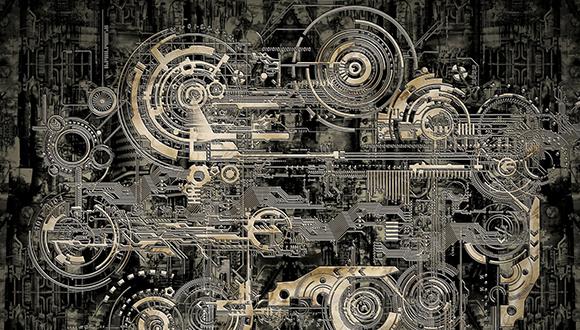School of Mechanical Engineering Illya Barmak
School of Mechanical Engineering Seminar
Wednesday, June 20, 2018 at 14:00
Tokhna Building of Mechanical Engineering, Room 106
Stability of Stratified Two-Phase Flows in Inclined Channels
Ilya Barmak
PhD student of Prof. Neima Brauner and Prof. Amos Ullmann
Stratified two-phase channel flow can be achieved only for certain operating conditions, for which the flow is stable and no undesired effects are encountered. The knowledge of these conditions is essential for the design and operation of pipelines and other process equipment. The main goal of this research is to acquire this knowledge by means of linear modal and non-modal stability analyses in a form that can provide insights that are useful from the practical point of view.
Modal analysis is a traditional approach that examines the linear stability with respect to an arbitrary wavenumber perturbation by solving numerically the system of Orr-Sommerfeld equations defined in each sublayer. The results are summarized in the form of stability maps showing the operational conditions at which a stratified-smooth flow pattern is stable. In inclined flows, up to three distinct base states with different holdups exist, so that the stability analysis has to be carried out for each branch separately. Although the conducted modal stability analysis considered only 2D perturbations, we proved the sufficiency of 2D analysis for exploring the stability of stratified horizontal and inclined two-phase channel flows also with respect to 3D perturbations (i.e., Squire theorem) .
The modal analysis, however, predicts instability only in the limit of infinite time. The non-modal (temporal) perturbations approach has been proven to be more relevant for relatively short times. Using this approach, we are looking for the so-called “optimal perturbations” that exhibit the maximum gain for transfer of energy from the mean flow to the perturbations. We found that the optimal perturbations may lead to the onset of shear instability and further non-linear transition on the route to turbulence in one of the phases, and/or to the growth of the interface displacement and thereby to flow pattern transition within the region that is predicted to be linearly stable by the modal analysis.


